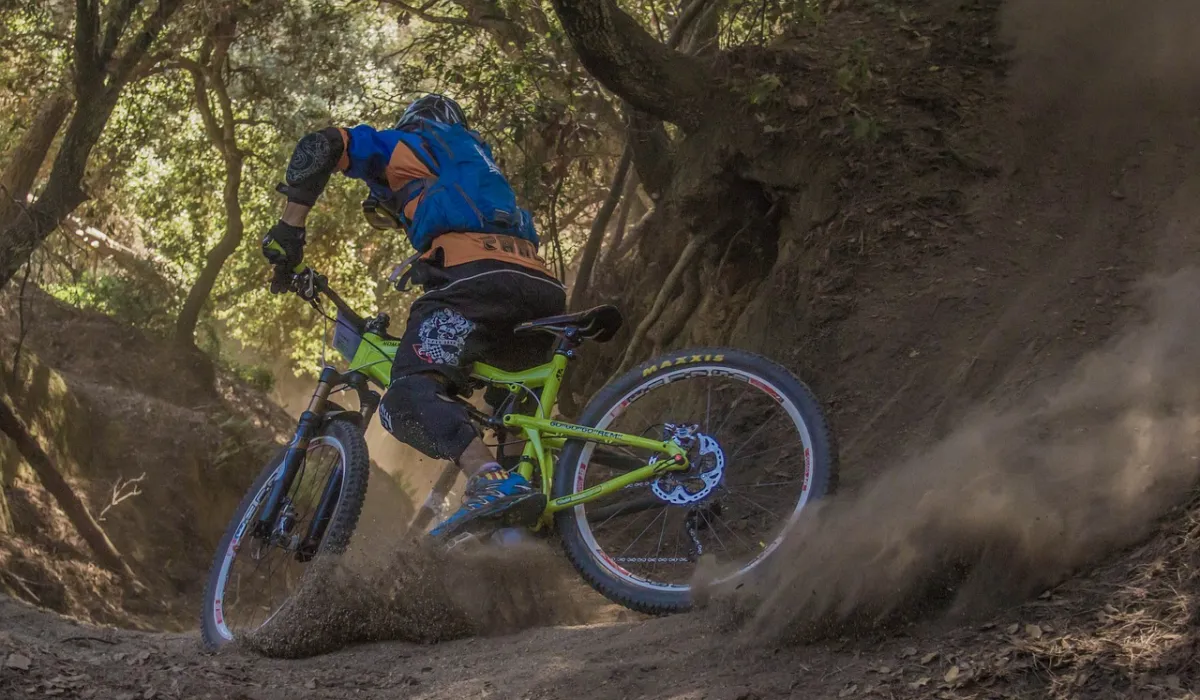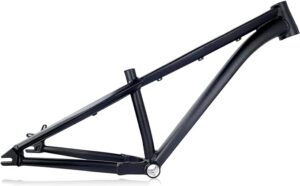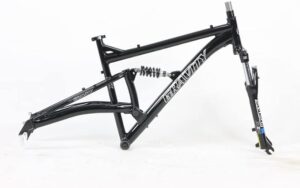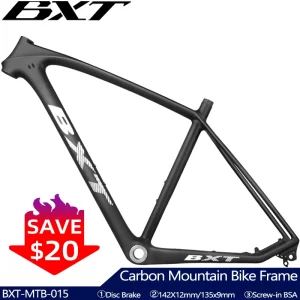In the realm of mountain biking, the intricacies of frame design and geometry play a pivotal role in shaping the rider’s experience. To delve into the profound impact of diverse frame geometries on the cycling encounter, this article encompasses explanations of the 29-inch wheel diameter. Additionally, it provides insights into rear triangle design and explores the nuances of selecting a suspension system. Exploring these elements is crucial for riders seeking an optimized and personalized biking experience.
Understanding Frame Geometry:
The geometry of a mountain bike frame is akin to the blueprint of a masterpiece, defining how the bike handles, maneuvers, and responds to the rider’s inputs. One key aspect is the concept of a 29-inch wheel diameter, a design choice that has revolutionized the mountain biking landscape.
Decoding the 29-Inch Wheel Diameter:
The 29-inch wheel diameter has become a hallmark in mountain biking, offering a blend of advantages that cater to various riding styles. Larger wheels roll over obstacles more smoothly, enhancing momentum and providing better traction, especially in challenging terrains. The increased wheel diameter also contributes to improved stability, making it an appealing choice for riders seeking a balanced and controlled experience.
Rear Triangle Design:
The rear triangle of a mountain bike frame encompasses the seat tube, chainstays, and seatstays. This design element significantly influences the bike’s responsiveness and handling. A shorter rear triangle tends to enhance agility and maneuverability, ideal for technical trails and nimble navigation. In contrast, a longer rear triangle contributes to stability and is often favored in downhill or cross-country scenarios where speed control is paramount.
Choosing the Right Suspension System:
The selection of a suspension system is a critical decision in mountain bike frame design. The suspension system impacts how the bike absorbs shocks and undulations, directly influencing rider comfort and control. There are various types of suspension systems, including hardtail (front suspension only) and full suspension (both front and rear). The choice depends on the rider’s preferences, intended use, and the type of terrain they plan to conquer.
Factors Influencing Suspension System Choice:
Terrain Type: Different suspension systems excel in specific terrains. Hardtails are suitable for smoother trails, while full suspension systems shine in rough and technical terrains.
Riding Style: Consider your riding style – whether you prefer cross-country adventures, downhill descents, or a mix of both. Your riding style informs the amount of suspension travel needed.
Maintenance Considerations: Full suspension systems typically require more maintenance than hardtails. Factor in your willingness and ability to maintain the bike regularly.
The design and geometry of a mountain bike frame are more than aesthetic choices; they are the guiding principles that shape your riding experience. Understanding the nuances of 29-inch wheel diameter, rear triangle design, and suspension systems empowers riders to make informed choices aligned with their preferences and intended use. Embrace the artistry of frame design, and let every pedal stroke be a testament to the harmonious fusion of engineering and adventure. Elevate your mountain biking journey with a frame that’s not just a structure but a conduit for the thrill of the trail.






